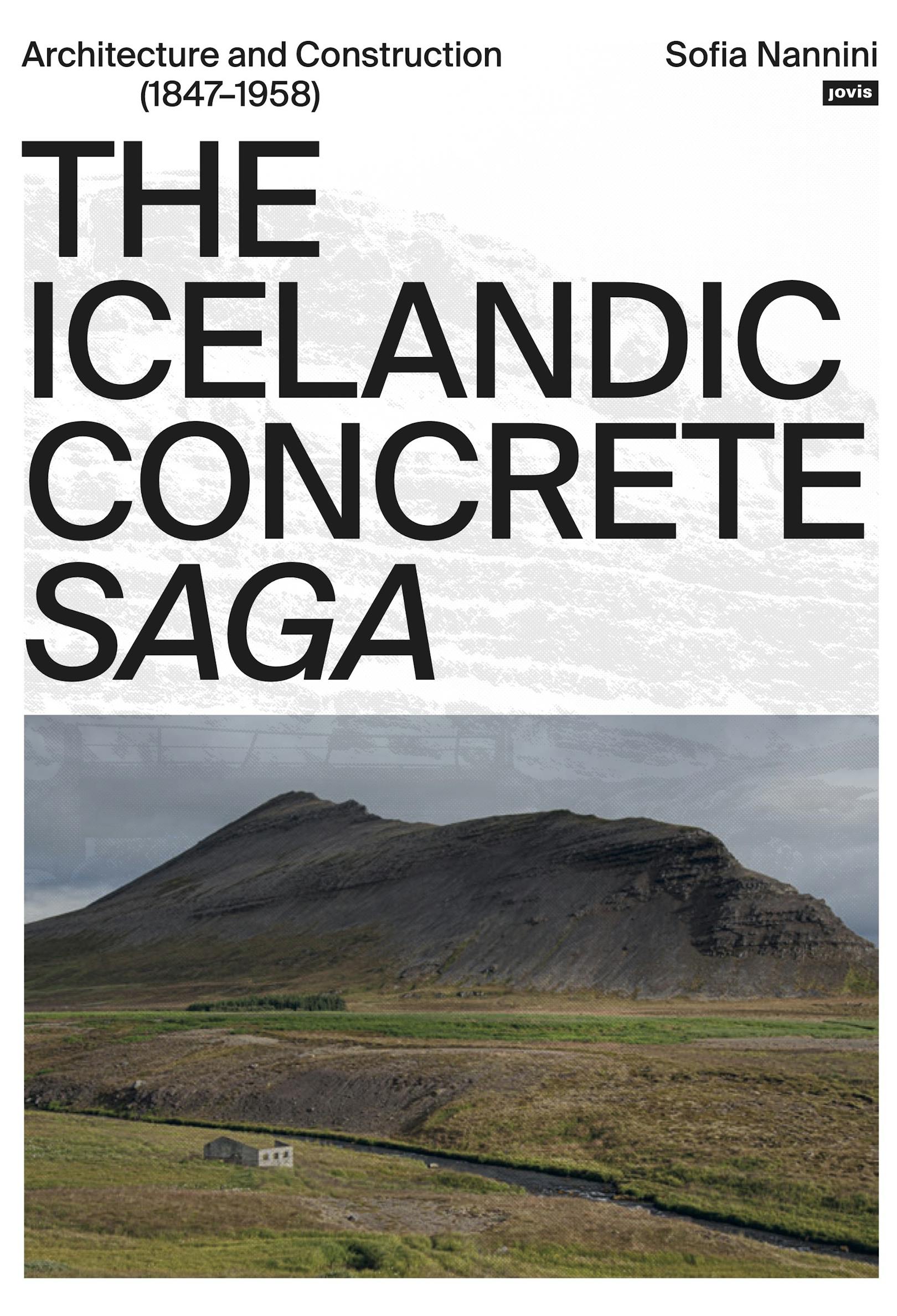AÍ býður til fyrirlesturs með Sofiu Nannini

Arkitektafélag Íslands býður til fyrirlesturs með Sofiu Nannini í tilefni af útgáfu bókar hennar The Icelandic Concrete Saga. Viðburðurinn er opinn öllum áhugasömum.
Sofia er arkitektúrsagnfræðingur og lektor við Politecnico de Torino háskólann. Bók Sofiu er merkileg fyrir þær sakir að þetta er með fyrstu bókunum sem birtast á ensku um íslenska arkitektúrsögu, en arkitektúrsaga er fag sem er í vexti og nýtur síaukinna vinsælda.
Óskar Örn Arnórsson, félagsmaður og doktorsnemi í arkitektúrsagnfræði, mun kynna Sofiu, og Andri Snær Magnason, rithöfundur, mun stýra spjalli við Sofiu um bókina og gefa gestum færi á að spyrja hana spjörunum úr.
Að fyrirlestri loknum verður hægt að kaupa bókina auk þess sem Arkitektafélag Íslands býður upp á léttar veitingar.
Fyrirlesturinn og spjallið fer fram á ensku / The talk will be held in english.
Sofia Nannini is an assistant professor in architectural history at the Politecnico di Torino. She is author of Icelandic Farmhouses: Identity, Landscape and Construction (1790-1945) (Firenze University Press, 2023); The Icelandic Concrete Saga: Architecture and Construction (1847–1958) (JOVIS, 2024) and of Is there a known optimum gate size for the dual control of cattle and sheep? (Canadian Centre for Architecture, 2025, forthcoming).
Hvar: Fenjamýri í Grósku
Hvenær: Fimmtudaginn 27. febrúar kl. 17:00
Abstract from the book:
“Many would consider a country without building materials uninhabitable.” With these words, Minister of Industry Gylfi Þorsteinsson Gíslason opened Iceland’s first and only cement plant in 1958. More than a century before, Portland cement was first used as plaster on the walls of the Reykjavík cathedral. At the time, most rural and urban dwellings were still being built from local turf or expensive imported timber. Just a few decades later, Icelandic architects, engineers, and masons were building their country exclusively in concrete. How did this material become so popular that the first decades of the twentieth century are referred to as “the age of concrete”? The Icelandic Concrete Saga focuses on over one hundred years of Icelandic architecture, construction, and technology. It traces the history of an architecture in constant struggle with material scarcity and the natural elements, its outcomes intertwined with Icelandic politics, culture, and society.


